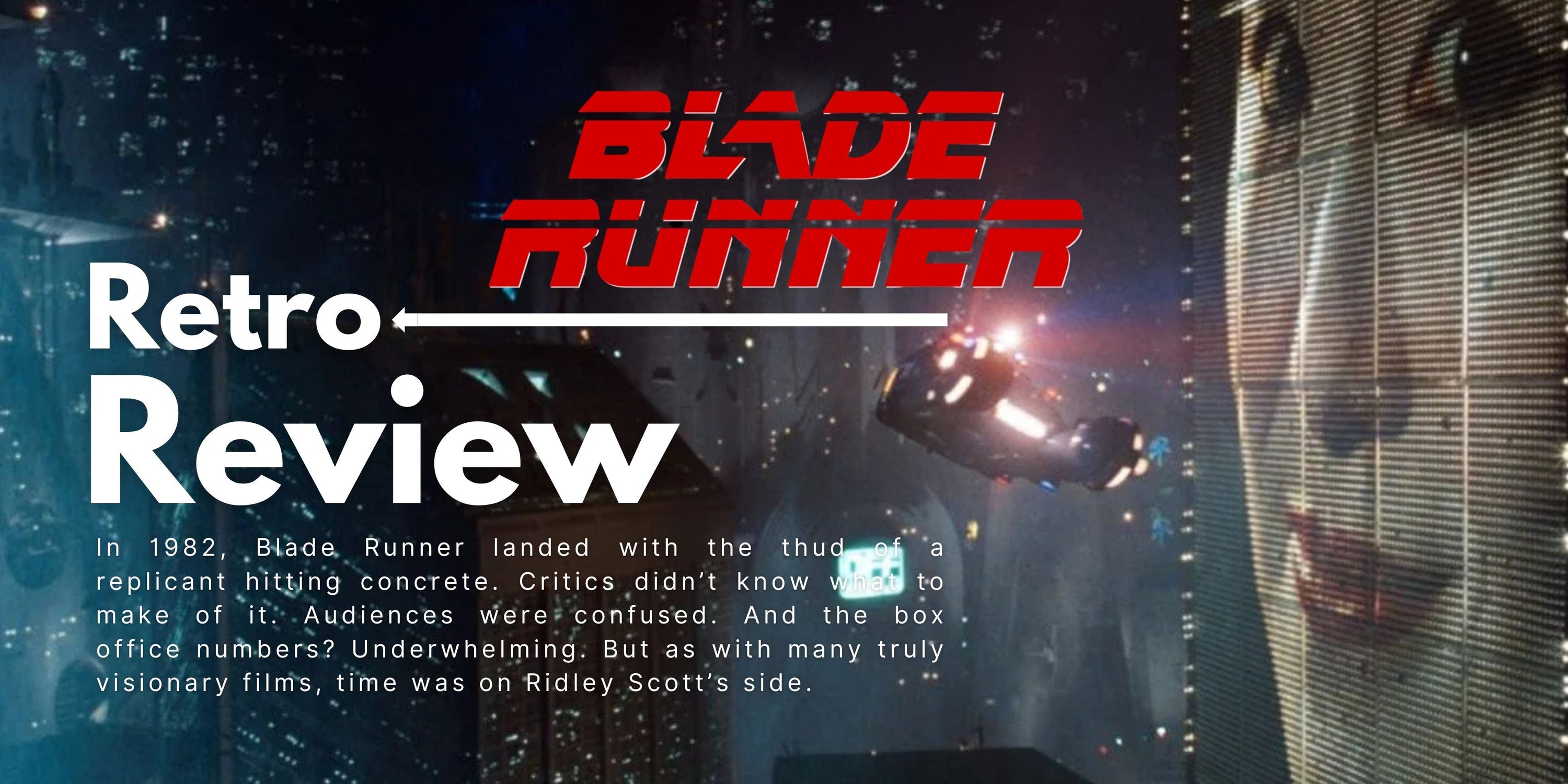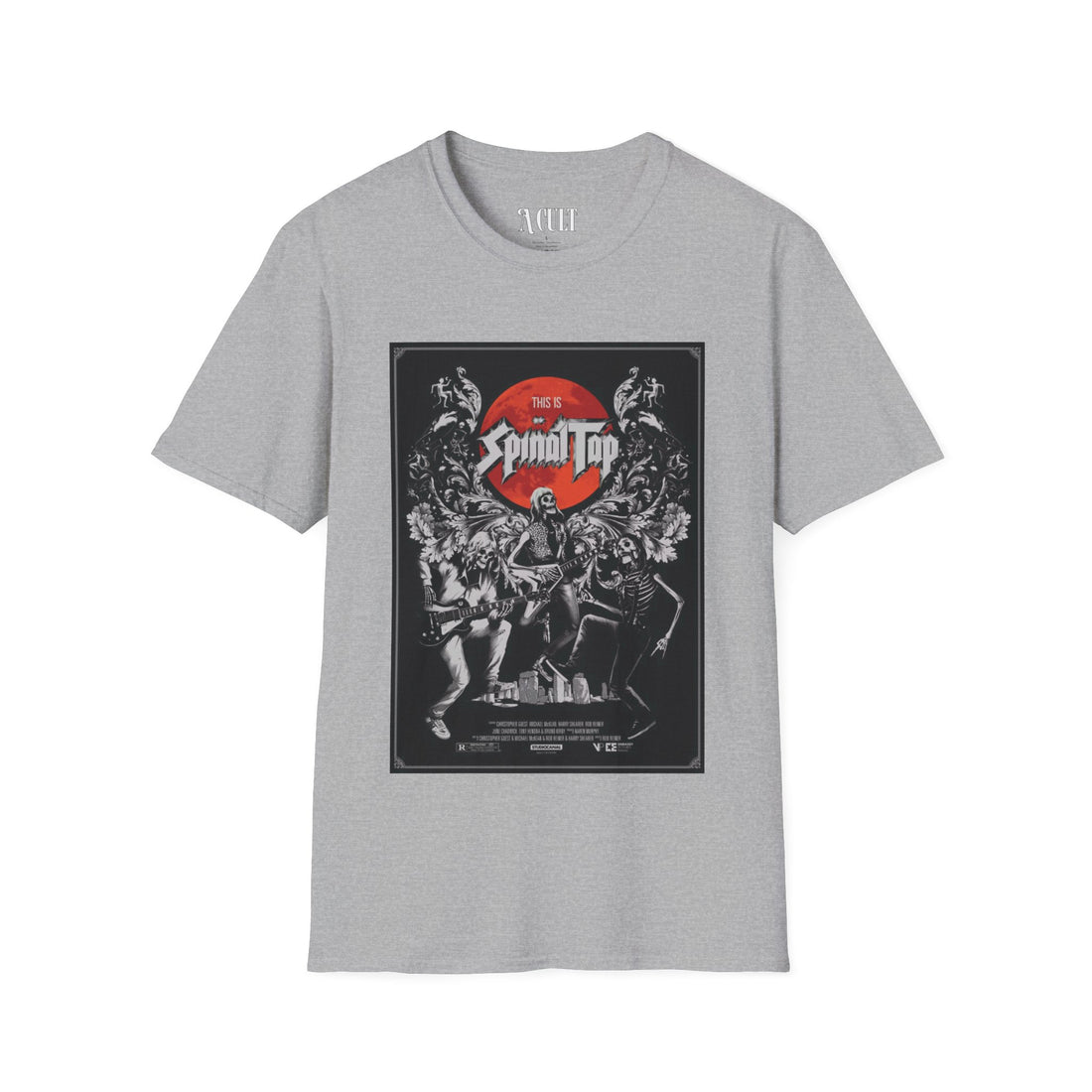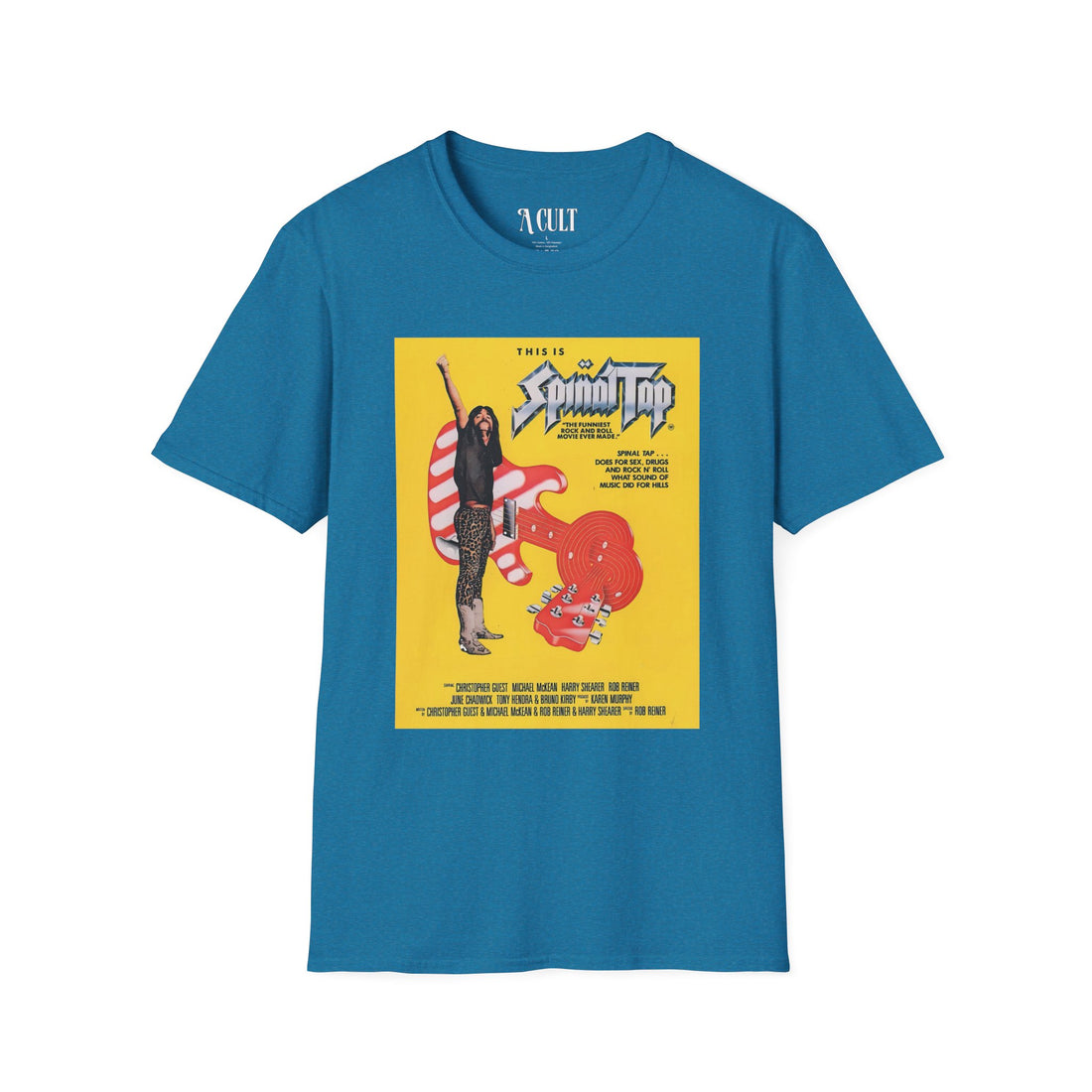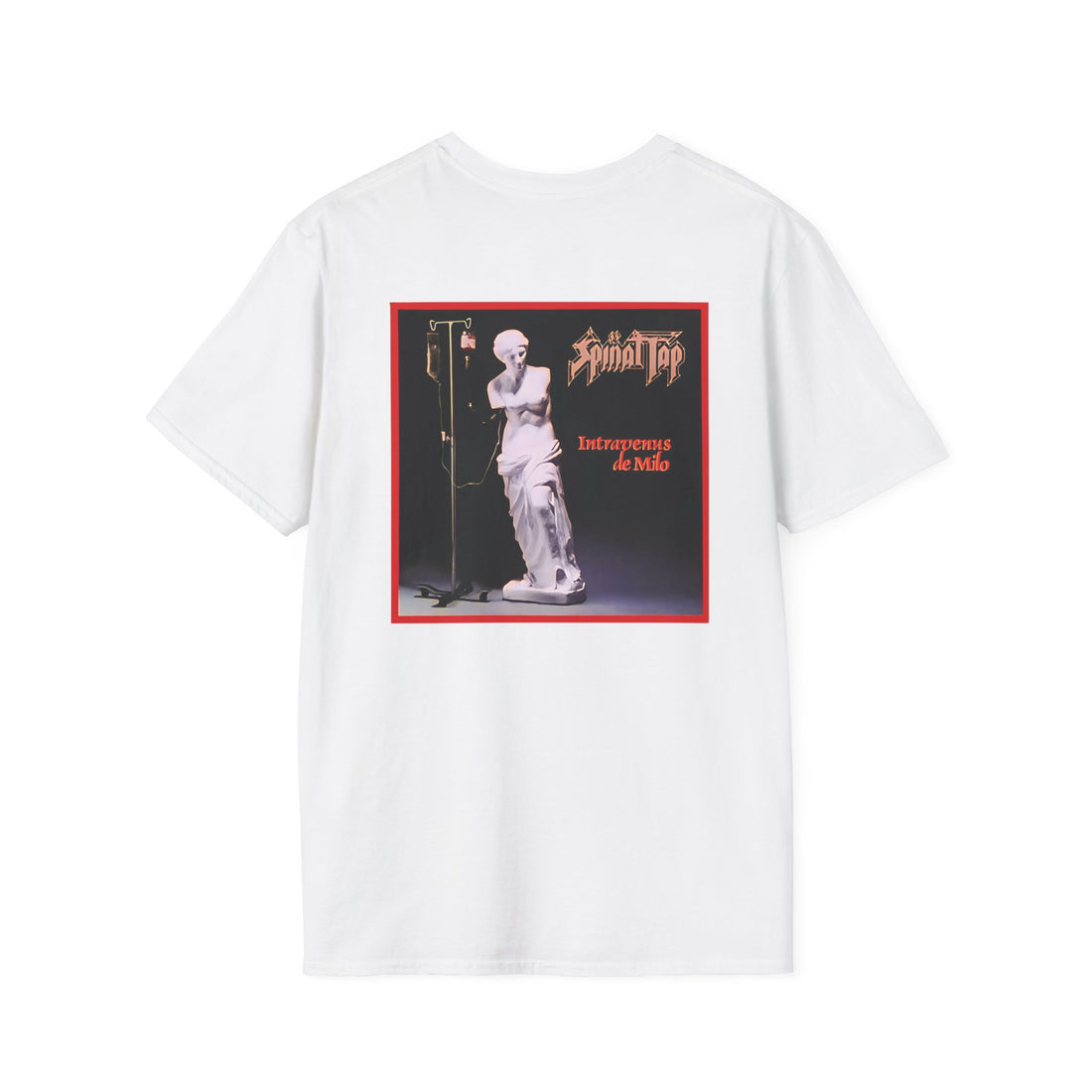“I’ve seen things you people wouldn’t believe…”
In 1982, Blade Runner landed with the thud of a replicant hitting concrete. Critics didn’t know what to make of it. Audiences were confused. And the box office numbers? Underwhelming. But as with many truly visionary films, time was on Ridley Scott’s side.
Over four decades later, Blade Runner isn’t just respected — it’s revered. Its influence can be felt in everything from anime to architecture, cyberpunk fashion to video game design, and practically every sci-fi film that dares to be cerebral. This is the story of how a slow-burn failure turned into one of the most important films of the 20th century.
A 1982 Misfire (on Paper)
Released just two weeks after E.T., Blade Runner didn’t exactly give people the warm fuzzies. It was moody. Bleak. Philosophical. The kind of sci-fi that leaned into themes of memory, mortality, and industrial decay rather than heroic space operatics.
Critics at the time were split. Sheila Benson of the Los Angeles Times called it “Blade Crawler”. Pauline Kael wasn’t impressed. Audiences, expecting Harrison Ford’s Indiana Jones charm, were instead met with Rick Deckard — an emotionally detached, possibly-not-even-human detective.
But buried in the smoke and synths was something deeply original. Even if nobody quite knew it yet.
A Visionary World That Felt Tangibly Real
One of Blade Runner’s greatest achievements is its world-building. Ridley Scott, production designer Lawrence G. Paull, and futurist artist Syd Mead crafted a Los Angeles so grimy, cluttered, and corporately oppressive it felt entirely believable.
It wasn’t the future of flying cars and utopias. It was a future where it was always raining, always dark, always neon-lit — a hyper-urban jungle choking on its own technology. The city was multi-lingual, multi-cultural, and multi-layered. Skyscrapers rose like tombstones above street-level food stalls and flickering CRT billboards.
This wasn’t the clean, sterile sci-fi of the ’60s or ’70s. It was lived-in, overwhelmed, and hauntingly human.
The Existential Core: What Does It Mean to Be Human?
Underneath its aesthetics, Blade Runner is a film about identity, memory, and the soul — told through the eyes of beings who technically don’t have one. The replicants aren’t soulless machines. They cry, rage, fall in love, and cling to life.
Rutger Hauer’s performance as Roy Batty is one for the ages. He was supposed to be the villain — the “skin job” Deckard had to retire. But by the time he delivers that final monologue (“All those moments will be lost in time…”), he’s the most human character in the film.
It flipped the script. The replicants had heart. Deckard, meanwhile, may not have had one at all.
The Voiceover, the Unicorn, and the Versions That Followed
Part of Blade Runner’s early struggle came down to the studio’s meddling. The original theatrical cut had a tacked-on happy ending and Ford’s flat, studio-mandated voiceover. It dulled the ambiguity and stripped the film of its dreamlike tension.
But over the years, different versions began to surface — the Workprint in the early ’90s, the Director’s Cut in 1992, and finally The Final Cut in 2007 (which Scott considers definitive). The voiceover was gone. The unicorn dream was back in. The door was reopened to the “Is Deckard a replicant?” debate.
With each cut, the film got stronger, tighter, and weirder — until it became the version everyone had always hoped it would be.
A Blueprint for Cyberpunk and Beyond
You can’t talk about cyberpunk without Blade Runner. It is, quite simply, the template. William Gibson, author of Neuromancer, famously stopped writing after seeing the film — it looked exactly like the future he was still imagining.
From Ghost in the Shell to The Matrix, from Akira to Cyberpunk 2077, the DNA is everywhere. Dystopian mega-cities, rogue AI, augmented humans, corporate overlords, and moral ambiguity — Blade Runner did it all first, and it did it beautifully.
Even non-sci-fi films have borrowed from it visually and thematically, whether it’s Se7en, Children of Men, or Under the Skin.
Sound, Mood, and the Art of Stillness
Vangelis’ score is as crucial to the film’s identity as its visuals. It’s melancholic, ambient, and timeless — a sonic dreamscape that wraps around the film like fog.
Scott lets the camera linger. There are long stretches of near silence. The film breathes, pauses, contemplates. In today’s content-saturated world, that level of patience feels revolutionary.
It wasn’t built for instant gratification. It was built to last.
Blade Runner 2049 – A Worthy Successor
When Denis Villeneuve took on the sequel in 2017, the world collectively held its breath. And somehow, against all odds, Blade Runner 2049 wasn’t just a worthy continuation — it was a modern masterpiece.
Ryan Gosling, Ana de Armas, and Harrison Ford delivered performances filled with melancholy and restraint. Roger Deakins’ cinematography won a well-earned Oscar. The themes were deepened. The world expanded.
It didn’t match the original at the box office either. But history may once again prove that doesn’t matter.
Legacy: A Cult Film in Every Sense
Blade Runner isn’t just a cult classic — it’s a cult movement. It was never about mass appeal. It was for the outsiders, the deep-thinkers, the obsessives who watched it late at night and felt like they were seeing something forbidden and beautiful.
Its themes — the fragility of memory, the tragedy of short lives, the ethics of artificial beings — are more relevant now than ever. And its style? Eternal.
This is a film that had to fail in order to succeed. Had it been a hit in 1982, it might’ve been forgotten by now. But because it was misunderstood, it became myth.
Have You Joined the Cult Yet?
Blade Runner wasn’t made for the world of 1982. It was made for the world of now — or maybe the one just around the corner. Its cityscapes feel more familiar every year. Its questions, more urgent.
We’ve seen things you people wouldn’t believe.
And Blade Runner is still one of them.
Did we miss your favourite moment? Got your own Blade Runner hot take? Drop it in the comments — we want to hear from you.








